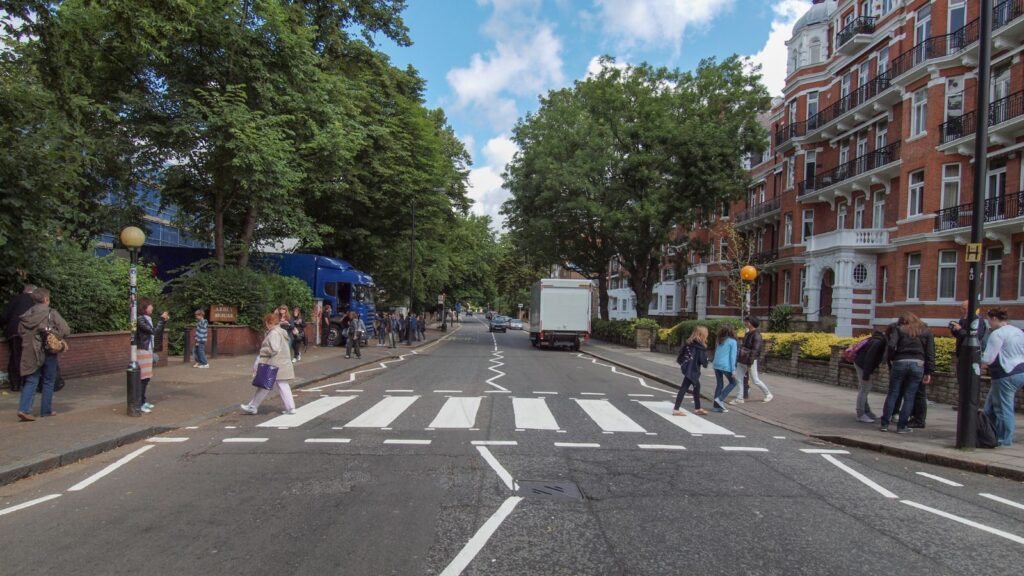Travelling around Britain is often like stepping into a storybook, with its castles, historic landmarks, and beautiful countryside. However, not every destination lives up to its reputation. Here, we’ve rounded up the 21 most overrated tourist attractions in the UK.
The London Eye
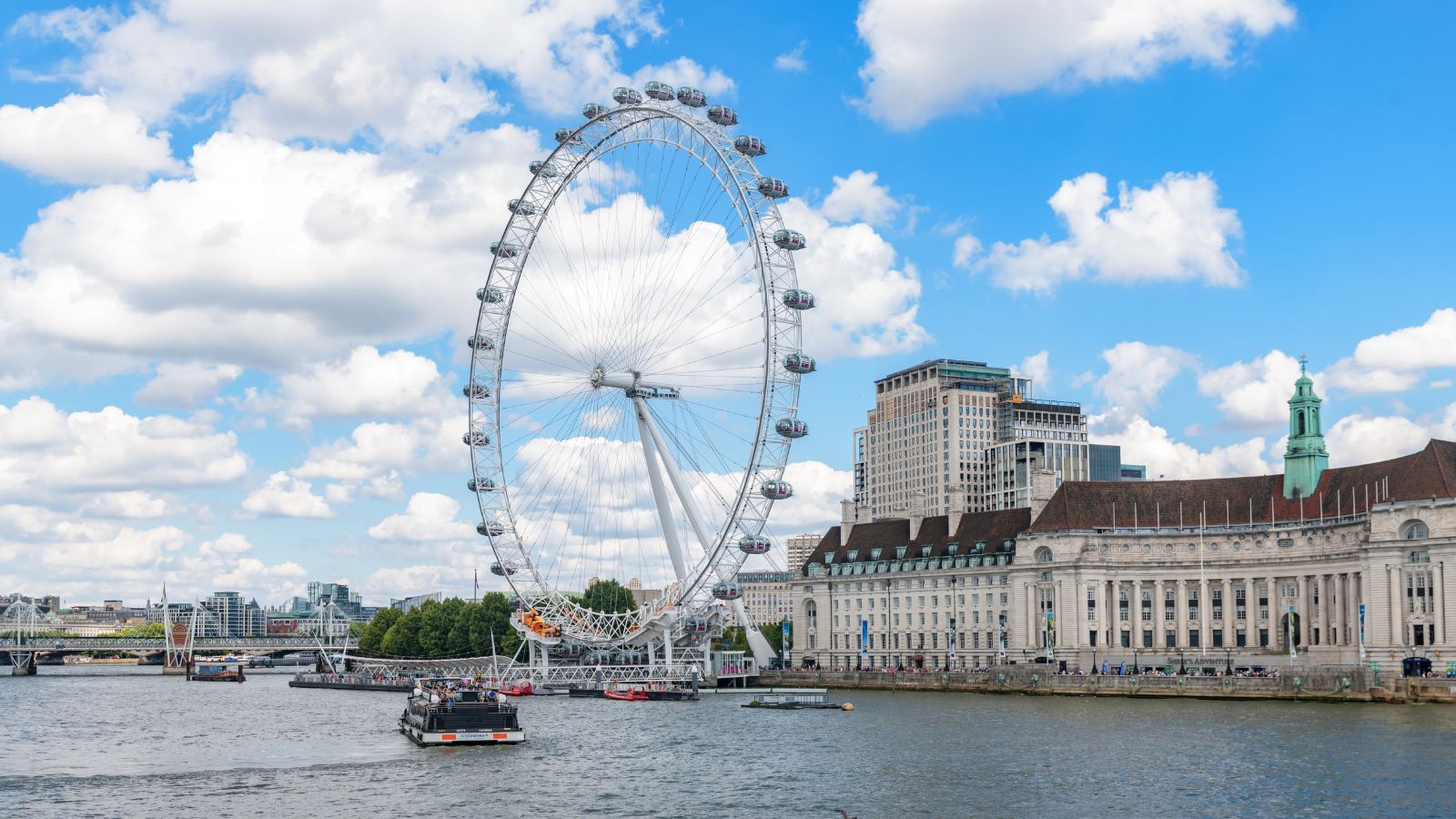
While it offers a unique perspective of the city, the London Eye—“one of London’s most popular tourist attractions,” according to Britannica—can feel underwhelming given the long queues and high ticket prices. Once on the wheel, the view, while impressive, can be somewhat repetitive as you slowly ascend and descend.
Stonehenge
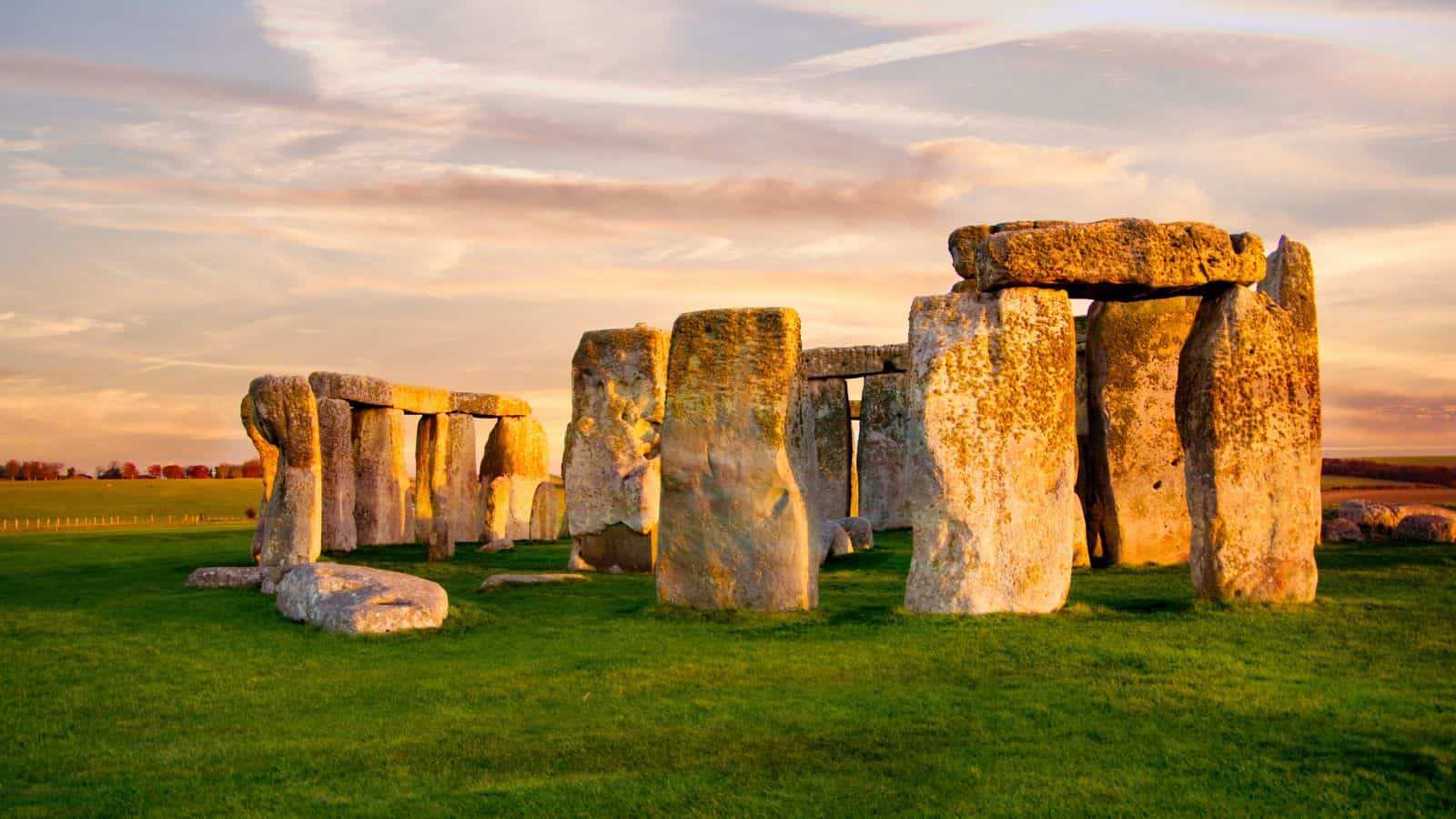
Stonehenge is undoubtedly one of the most famous prehistoric monuments in the world, but seeing it in person can be a letdown. The stones are fenced off, keeping you at a distance, which diminishes the sense of awe. Additionally, the site’s remote location makes it a trek to visit, and the experience often feels rushed due to the heavy flow of tourists.
Madame Tussauds
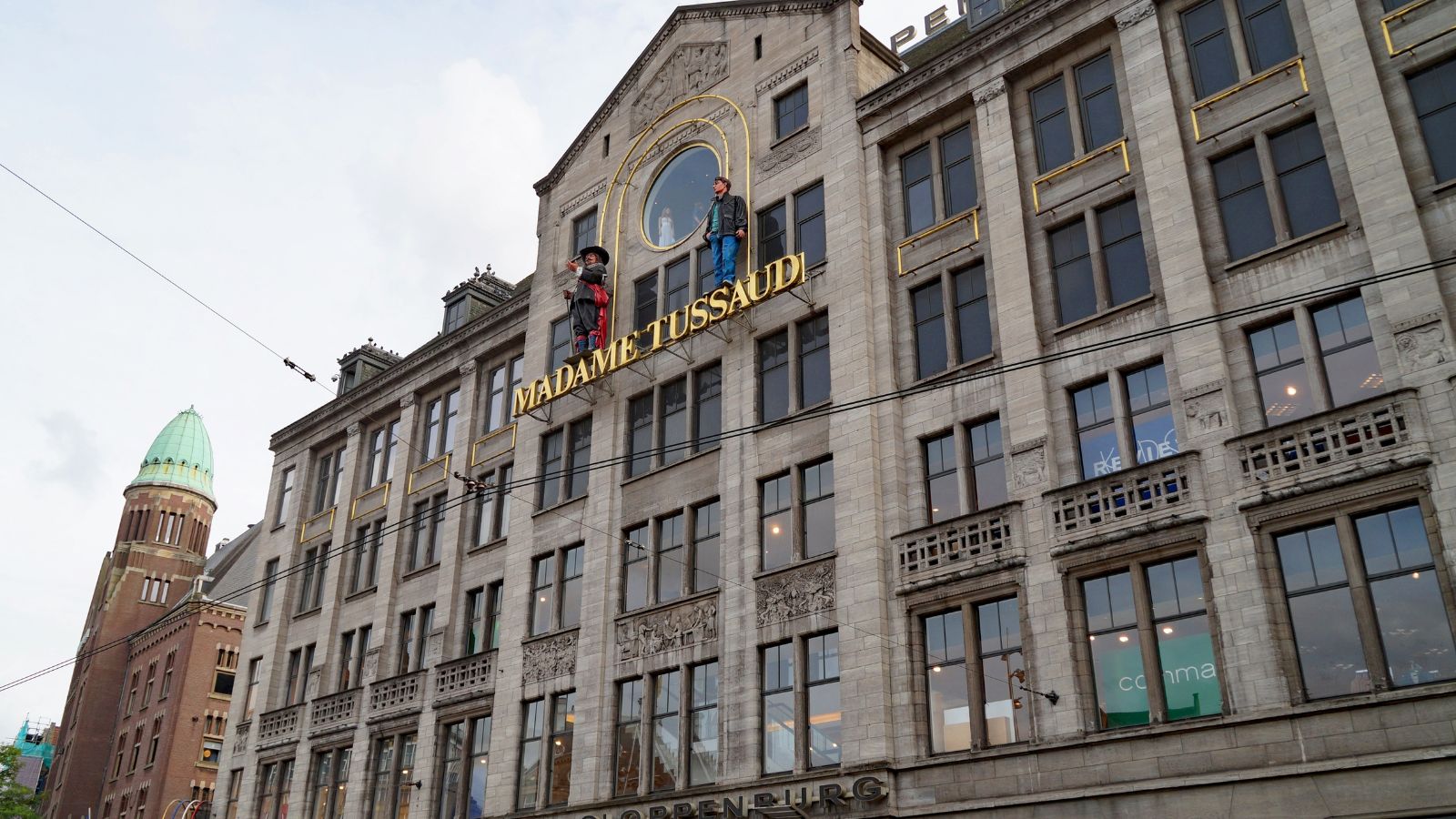
Madame Tussauds is a classic tourist spot known for its wax figures of celebrities. But the attraction is often crowded, making it difficult to enjoy or take photos. The high entry fee might not seem worth it once you’re inside, especially if you’re not particularly interested in the figures on display.
The Changing of the Guard at Buckingham Palace
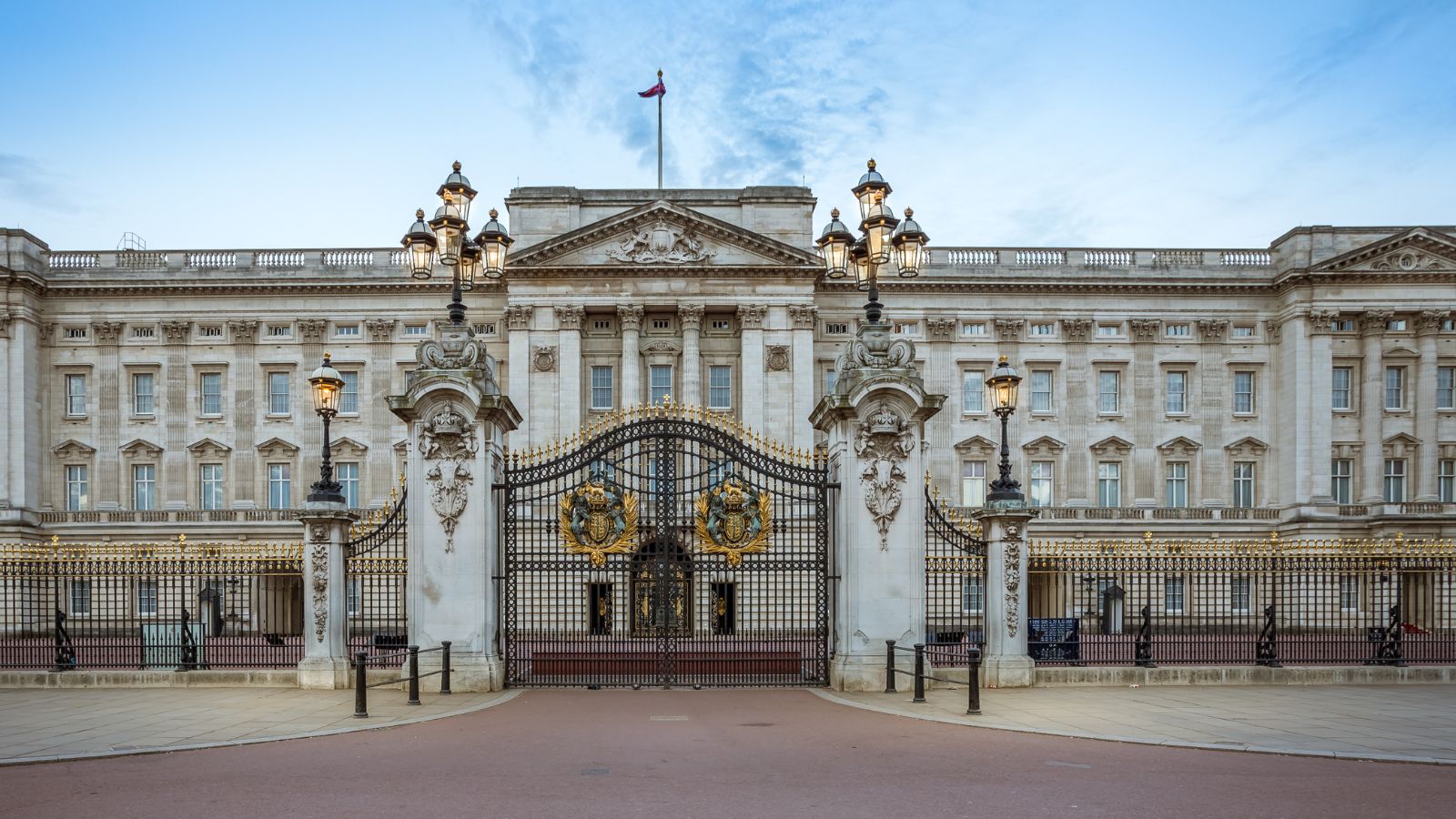
Steeped in tradition and pageantry, the Changing of the Guard ceremony at Buckingham Palace can be ruined by the large crowds and limited viewing points, which can make it hard to see anything clearly. Often, tourists end up watching the event through their phones or cameras, and the lengthy wait times can take away from the enjoyment.
Platform 9 3/4 at King’s Cross Station
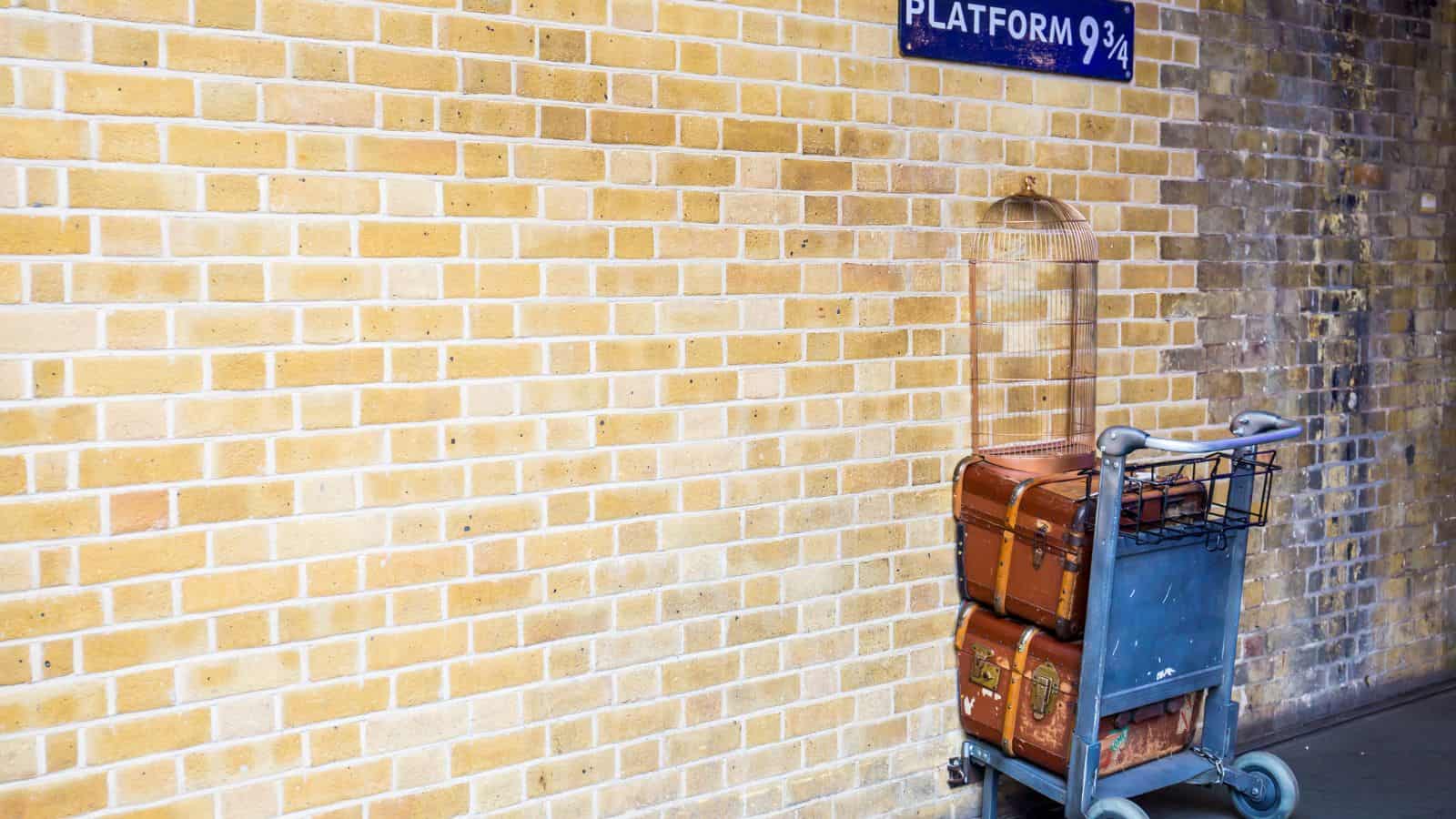
For Harry Potter fans, Platform 9 3/4 at King’s Cross Station sounds like a magical must-see. In reality, it’s a single wall with a luggage trolley halfway through, often with a long queue of fans waiting to take a photo. The area is also busy and commercialised, with a shop nearby selling Harry Potter merchandise, so it’s really not worth the hype.
Loch Ness
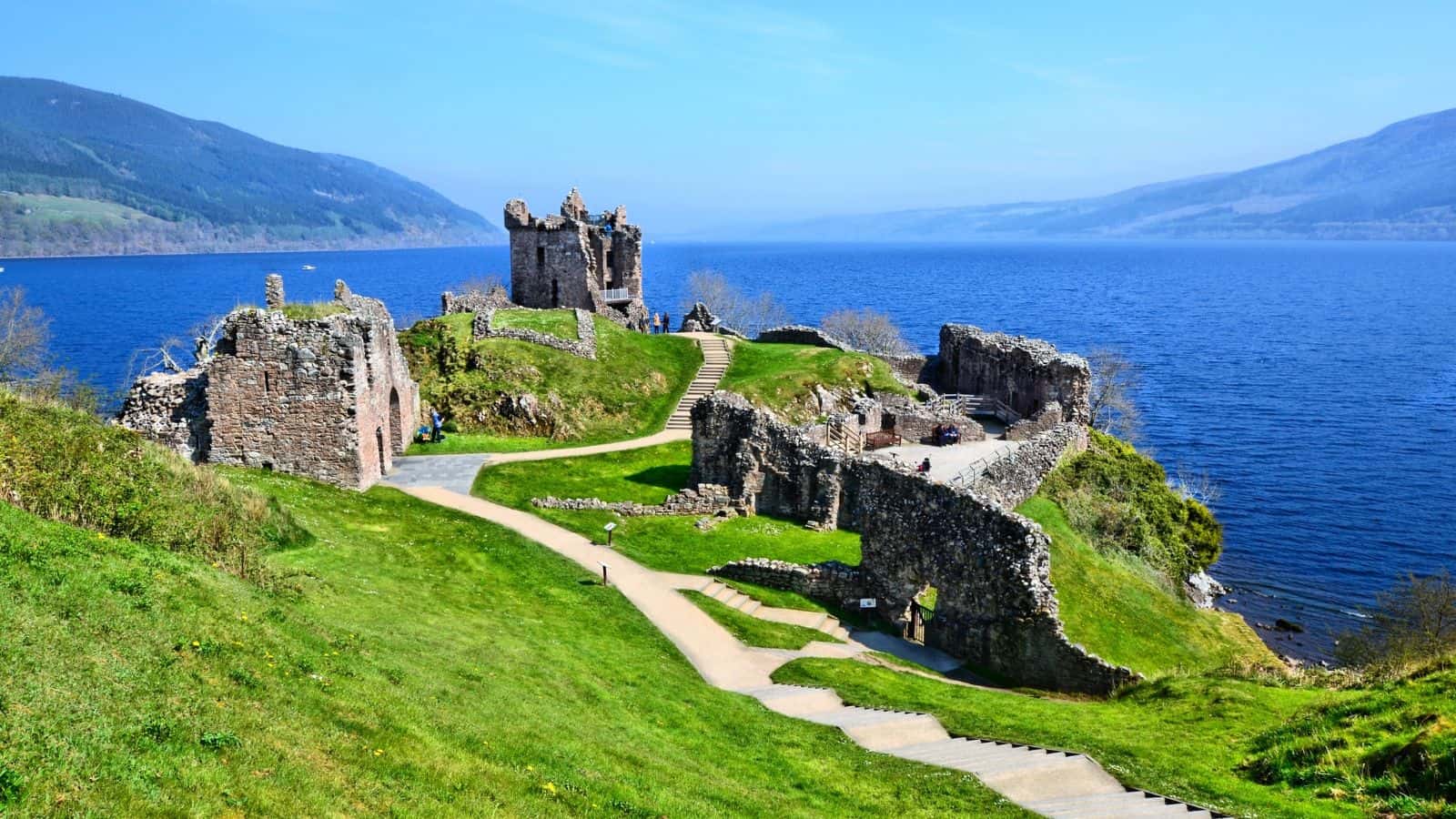
The legend of the Loch Ness Monster draws many to the Scottish Highlands, but the loch itself might not meet expectations. The scenery is beautiful, but it’s much like many other lochs in Scotland, and the chances of spotting Nessie are virtually nil.
The Giant’s Causeway
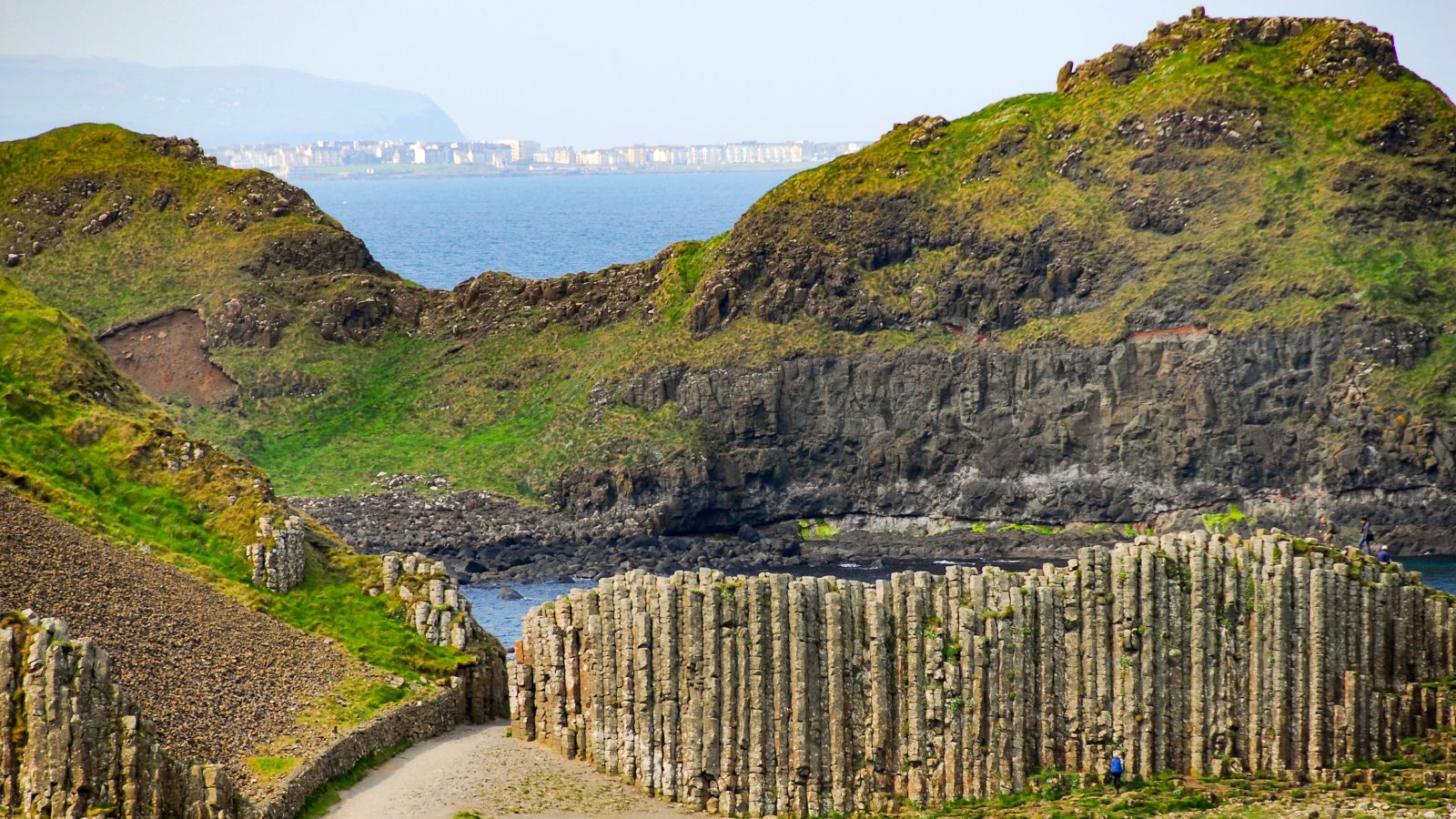
A geological wonder, the Giant’s Causeway in Northern Ireland can be marred by large crowds and high visitor centre fees. The unique basalt columns are fascinating, but many visitors find the site smaller and less dramatic than they expected.
Abbey Road Crossing
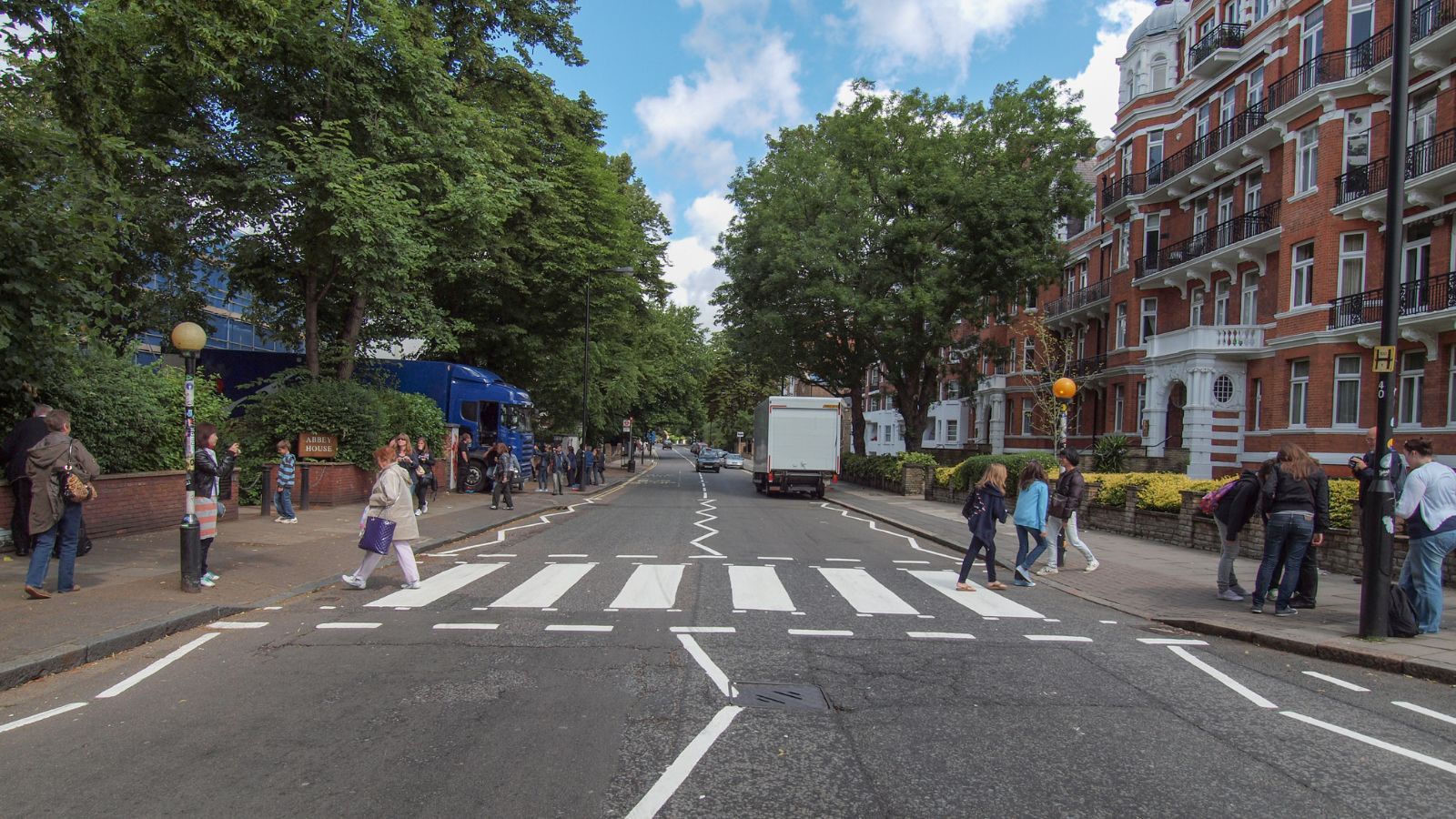
The Abbey Road zebra crossing is iconic thanks to The Beatles, but visiting it can be a chaotic and disappointing experience because the crossing is on a busy road. Getting the perfect photo can be difficult with the constant traffic. Fans often hold up cars, and the magic of recreating the famous album cover can quickly turn into a stressful exercise.
The White Cliffs of Dover
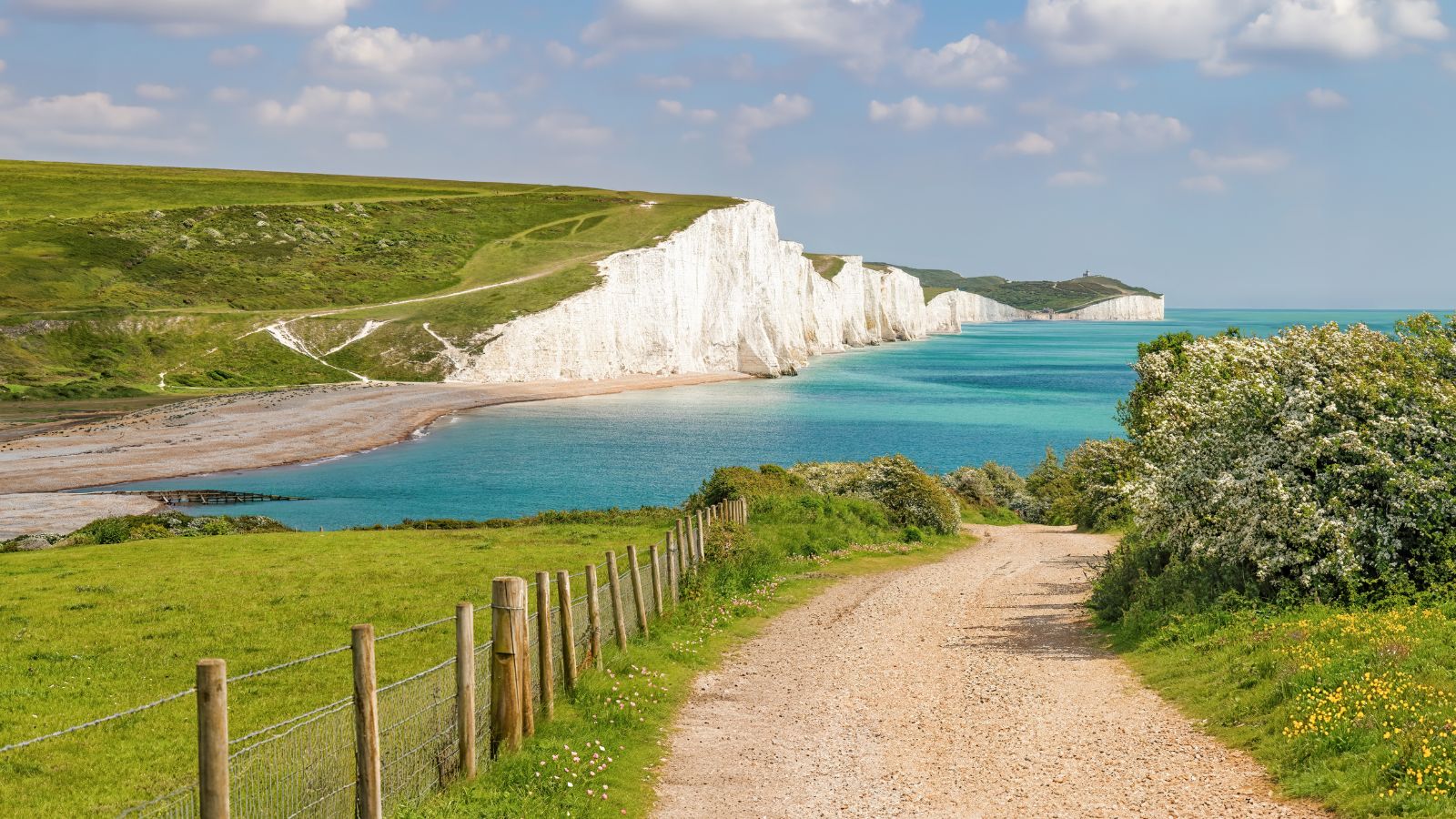
Often depicted as a symbol of Britain’s natural beauty, the White Cliffs of Dover are actually best viewed from the sea rather than from the top. The visitor facilities are limited, and the cliffs, while impressive, may not offer much to do beyond a brief walk and a photo opportunity.
Blackpool Pleasure Beach
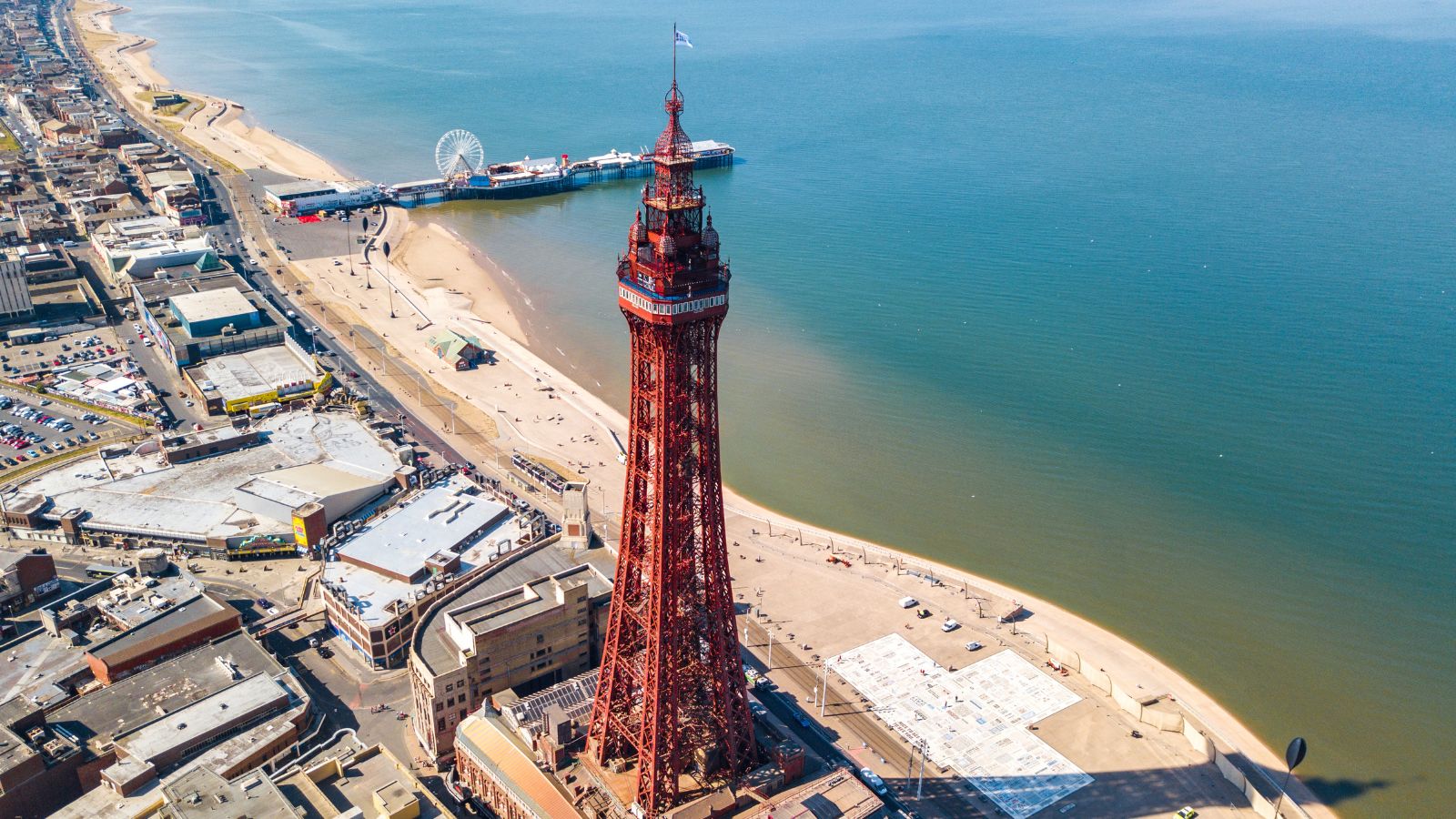
Blackpool Pleasure Beach is one of the UK’s oldest amusement parks, but it can feel dated and overly commercialised. The rides—while fun—may not compare to those at newer theme parks, and the overall atmosphere can feel tacky rather than charming.
The Eden Project
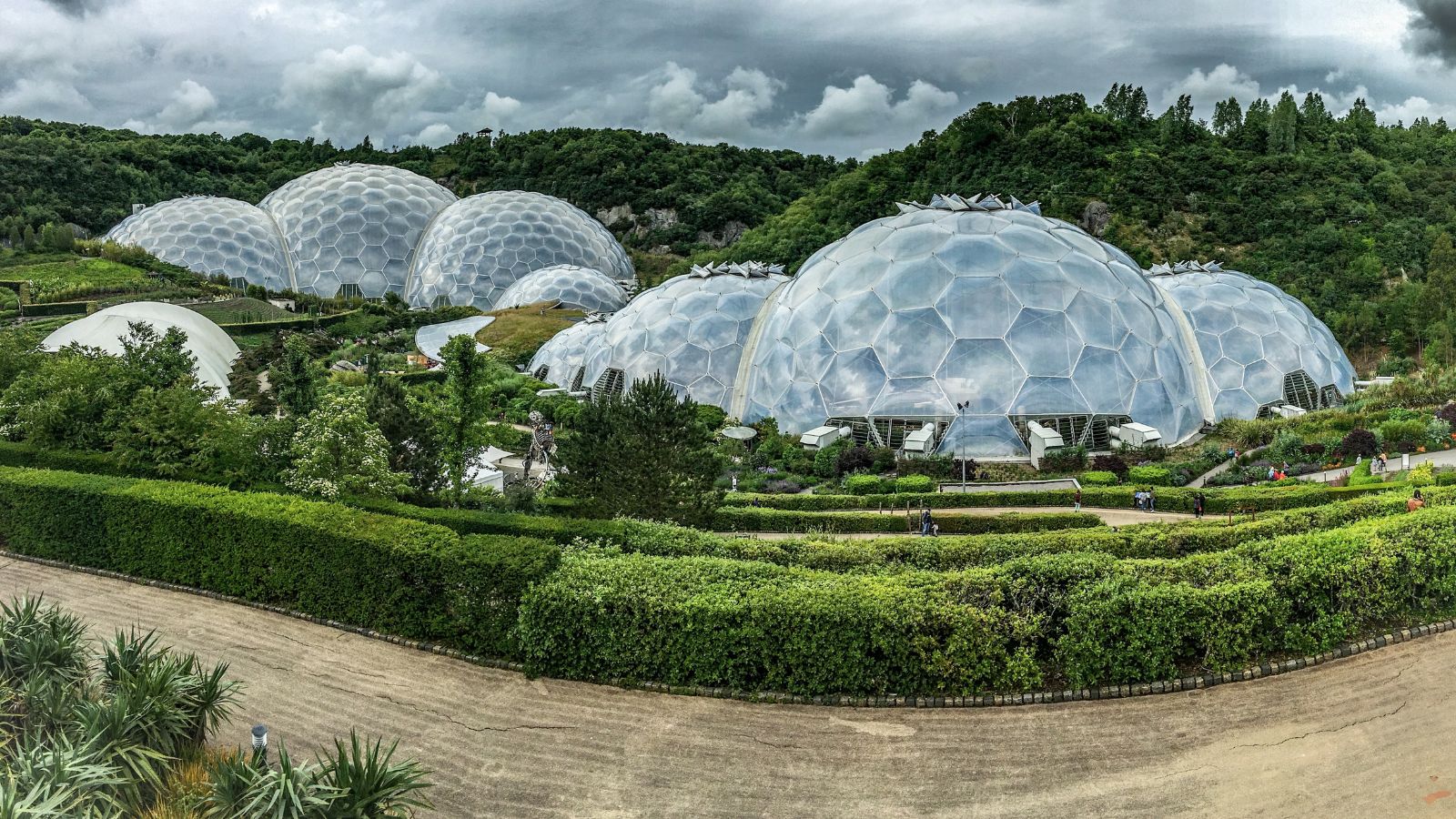
Despite being a remarkable environmental initiative with its large biomes housing diverse plant species, the Eden Project has a high entry fee and crowded conditions that can detract from the experience. The site’s educational aspect, while commendable, might not captivate everyone.
Windsor Castle
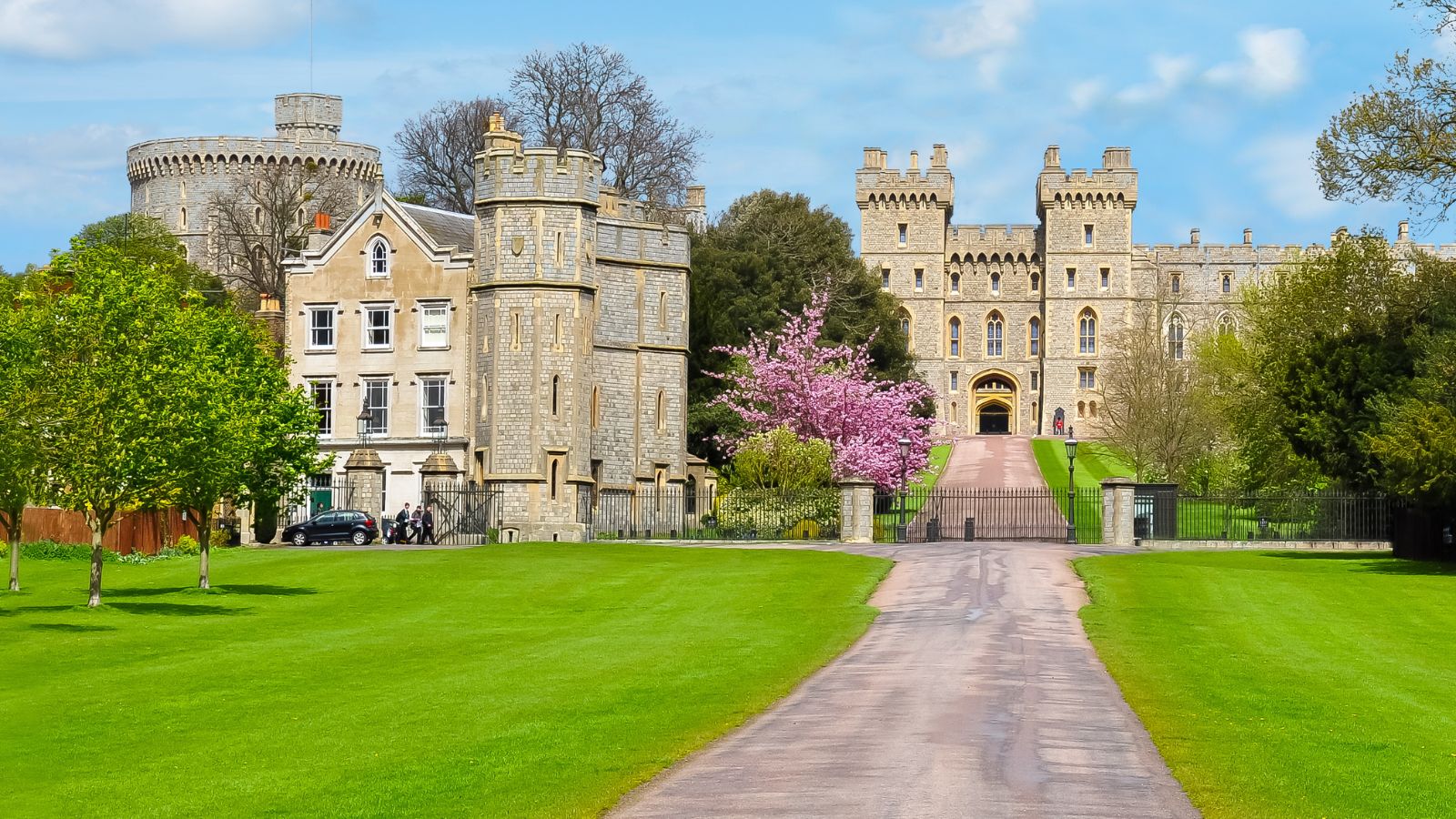
Windsor Castle is an official royal residence and a historic site, but visiting can be a mixed bag. The entry fee is high, and the experience often involves long waits and crowded rooms. While the castle is impressive, the guided tour can feel rushed, with limited time to explore.
Hadrian’s Wall
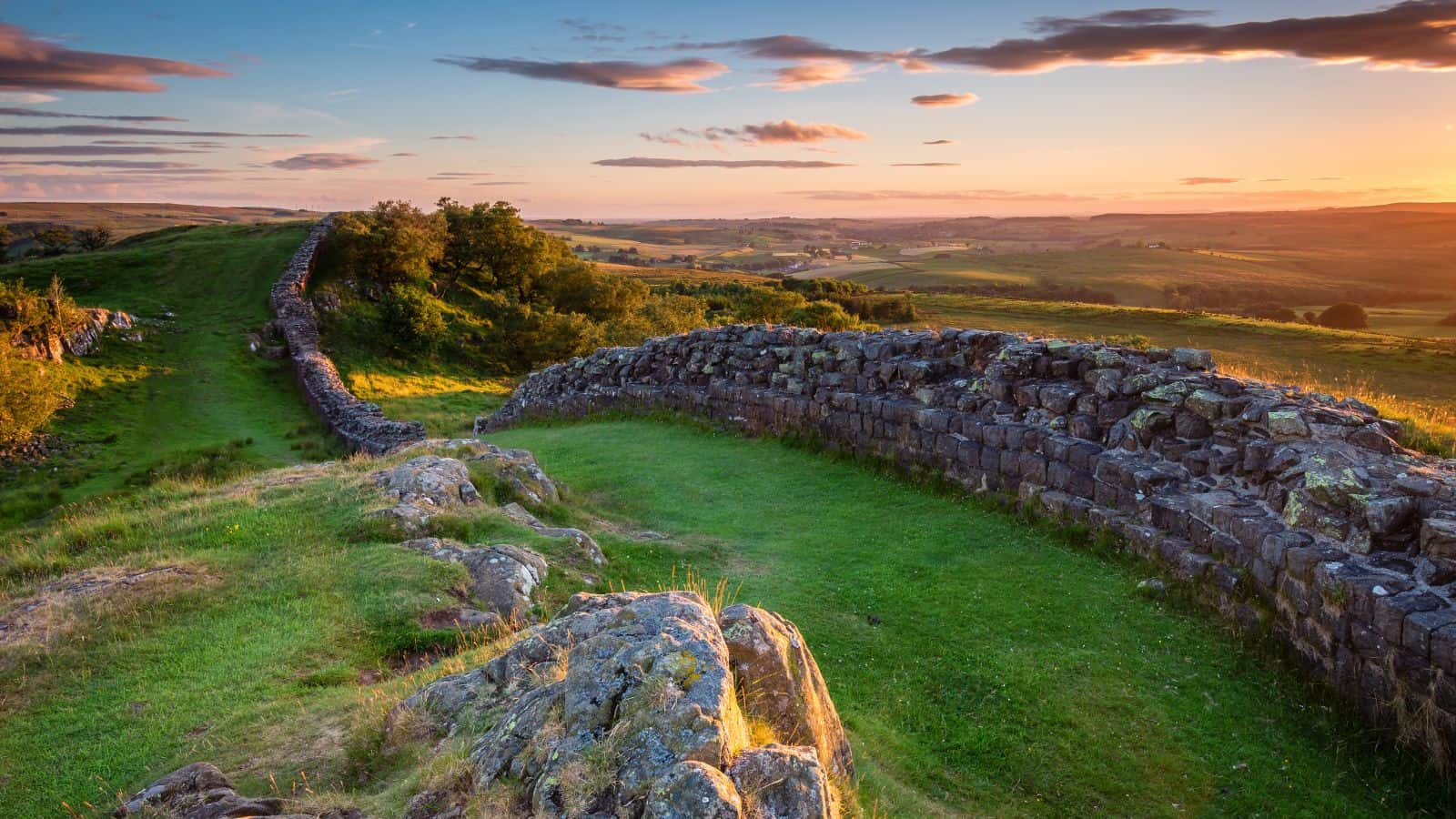
Stretching across Northern England, Hadrian’s Wall is a significant Roman relic, but the wall itself can be underwhelming to the untrained eye. Much of it is in ruins, and the remnants can look like little more than piles of stones, leaving visitors questioning if it was worth the trip.
Stratford-upon-Avon
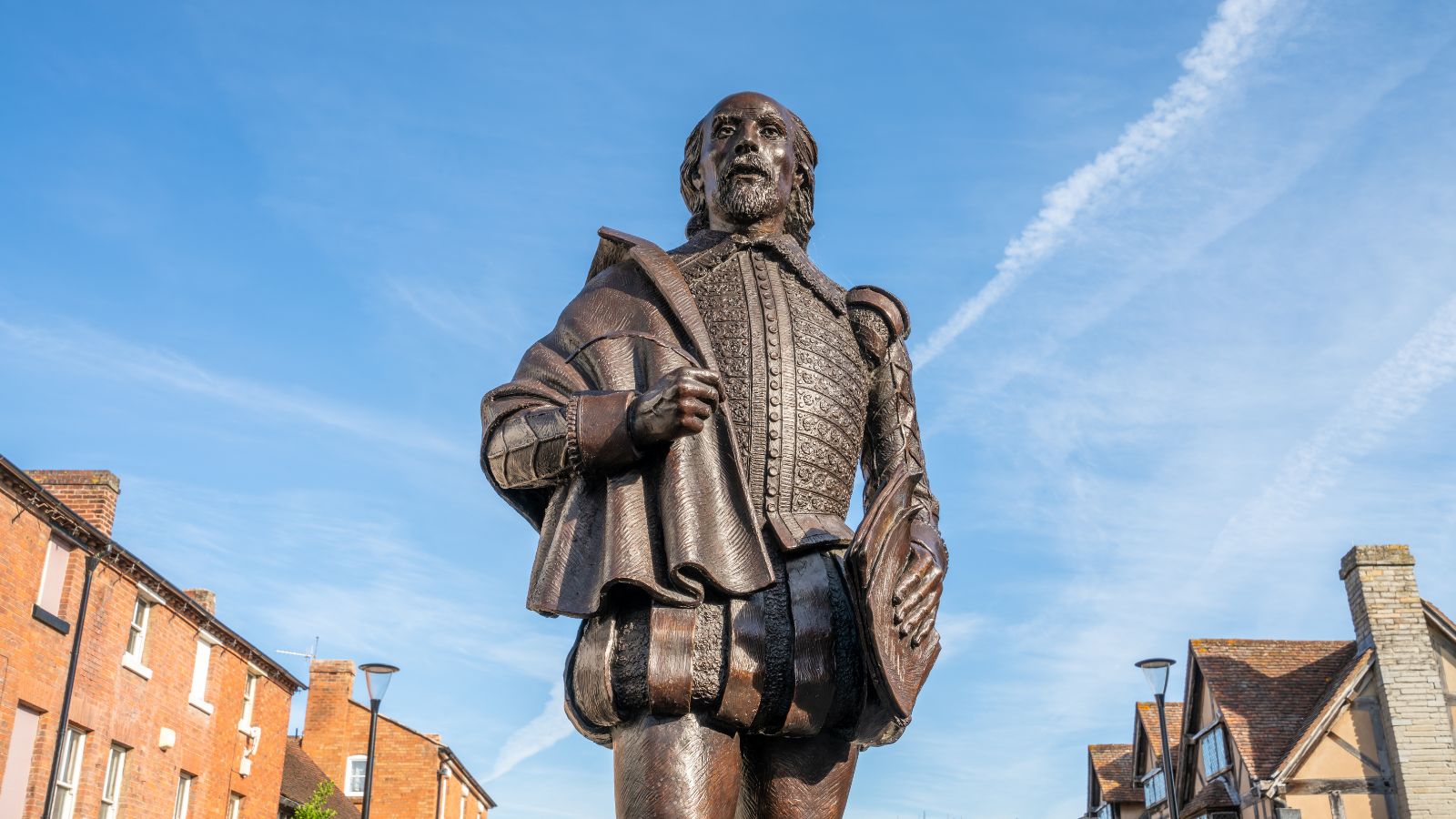
Stratford-upon-Avon is famous as Shakespeare’s birthplace. However, the town can feel overly commercialised due to the fact that the attractions related to Shakespeare, such as his birthplace and Anne Hathaway’s cottage, often come with steep entry fees and can be swamped with tourists. The town centre is picturesque, but the Shakespearean theme is pervasive and annoying after a while.
Land’s End
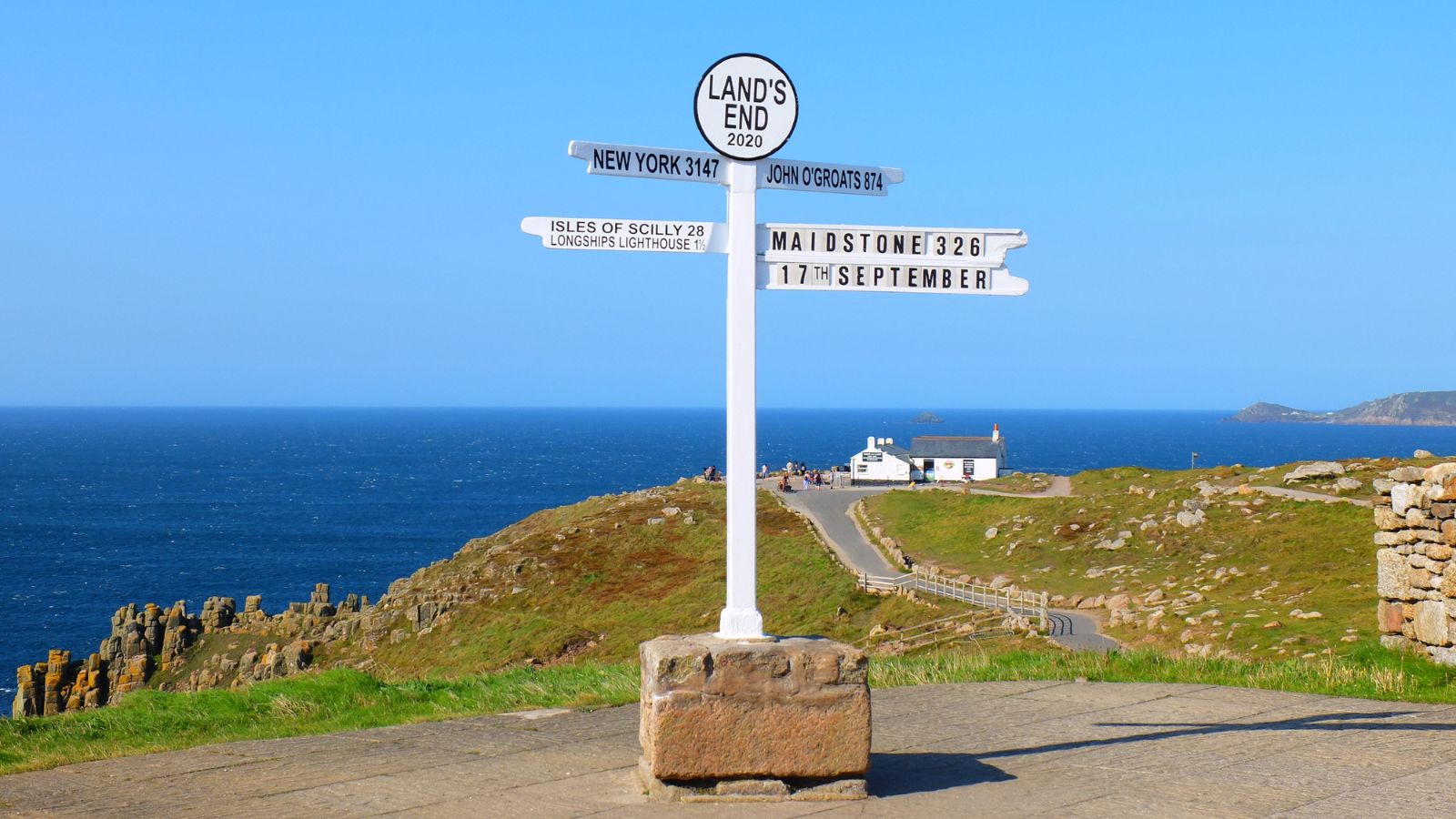
The westernmost point of mainland England, known for its dramatic cliffs and ocean views, Land’s End in Cornwall has been heavily commercialised with tourist attractions that feel out of place in the natural setting. The entry fee to the main complex and the focus on shops and amusements can detract from the natural beauty.
Oxford Street
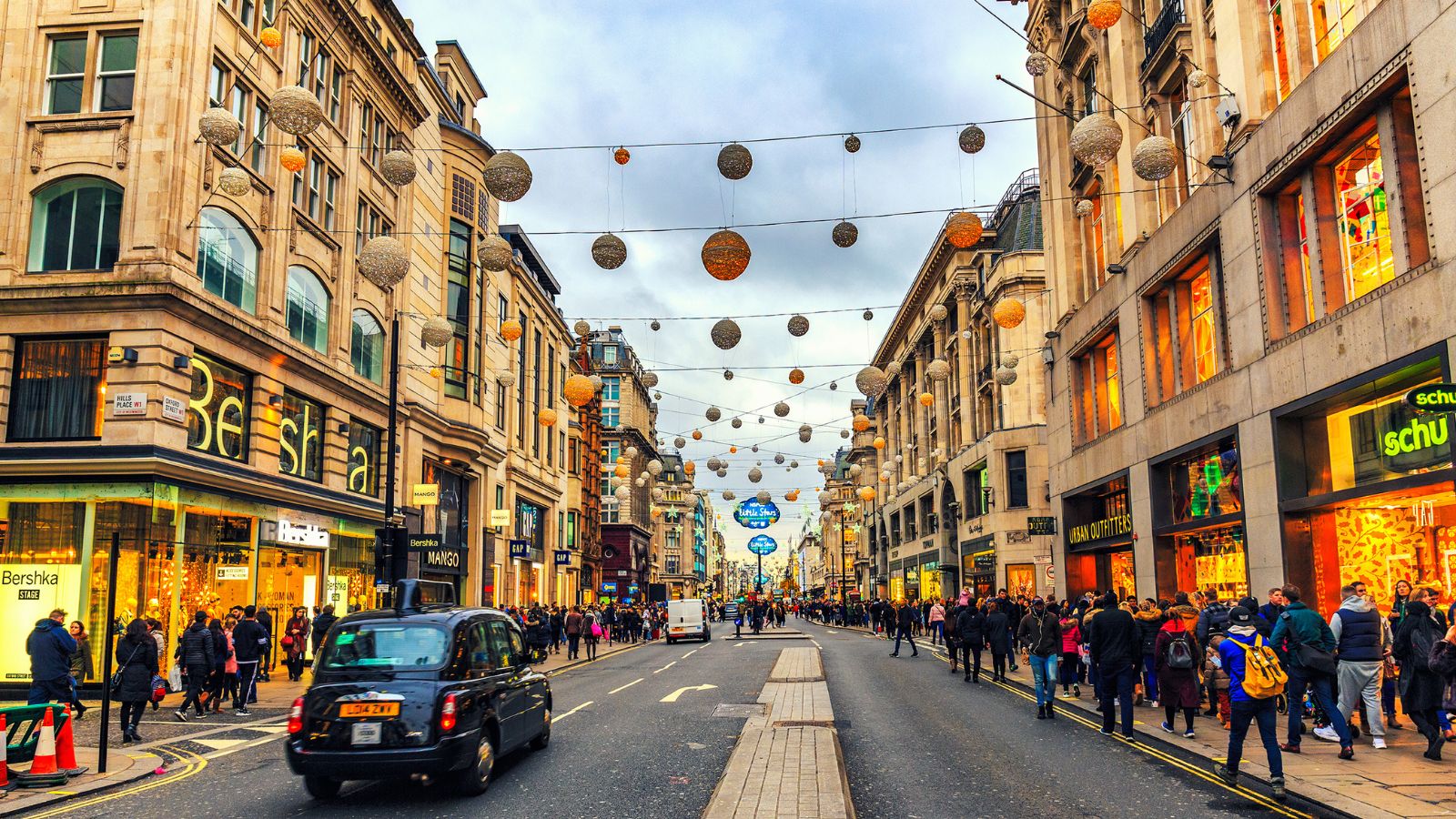
Oxford Street in London is renowned for its shopping, but the experience can be more exhausting than enjoyable. The street is always crowded, and the constant stream of shoppers can make it hard to get around. Many of the stores are chain retailers that can be found elsewhere, making the shopping experience less unique, too.
The Roman Baths
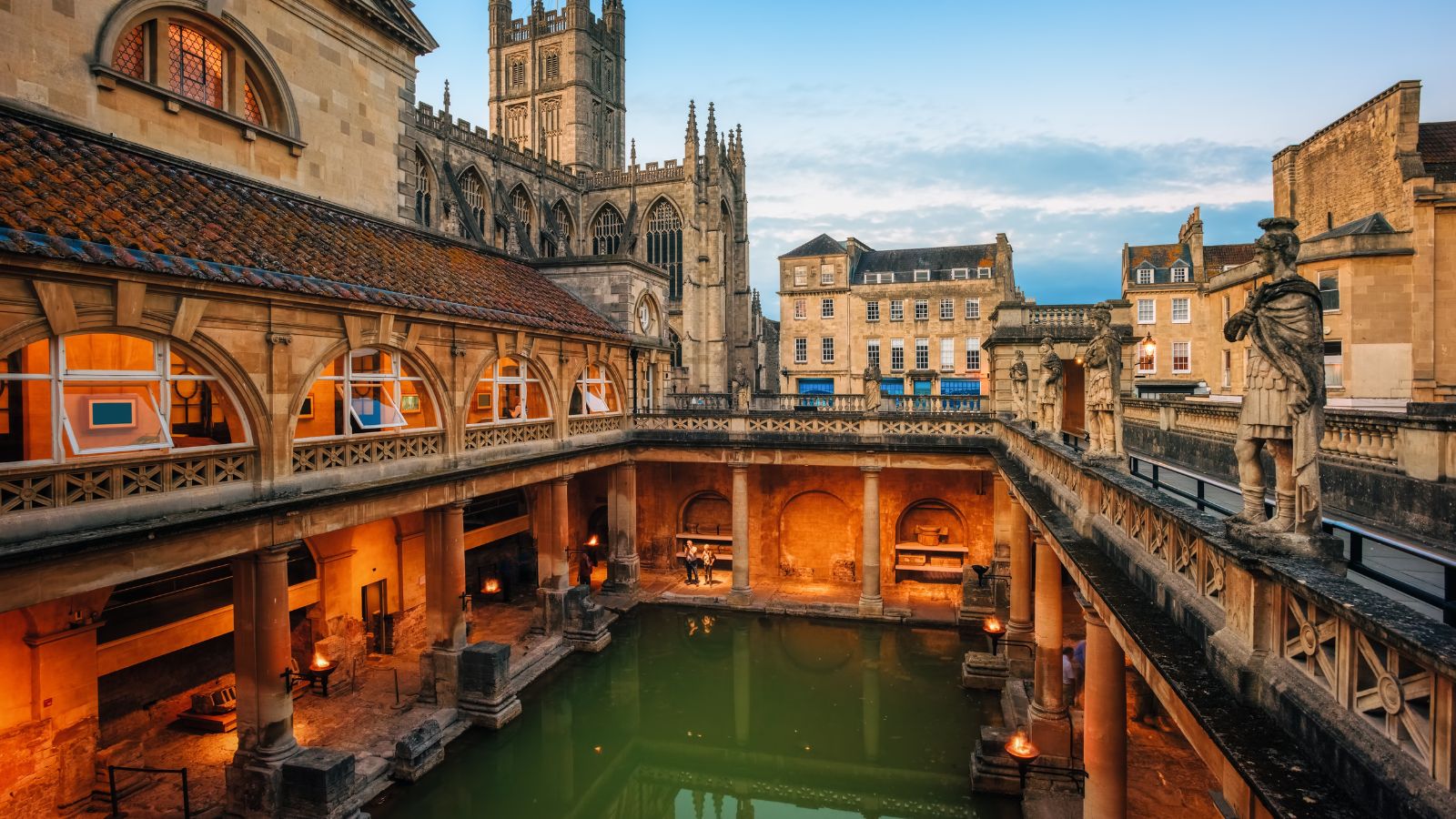
While they are an impressive piece of history, the Roman Baths in Bath can be incredibly crowded, especially during peak tourist seasons. The tight spaces and the volume of visitors can make it difficult to fully appreciate the baths’ historical significance.
The Angel of the North
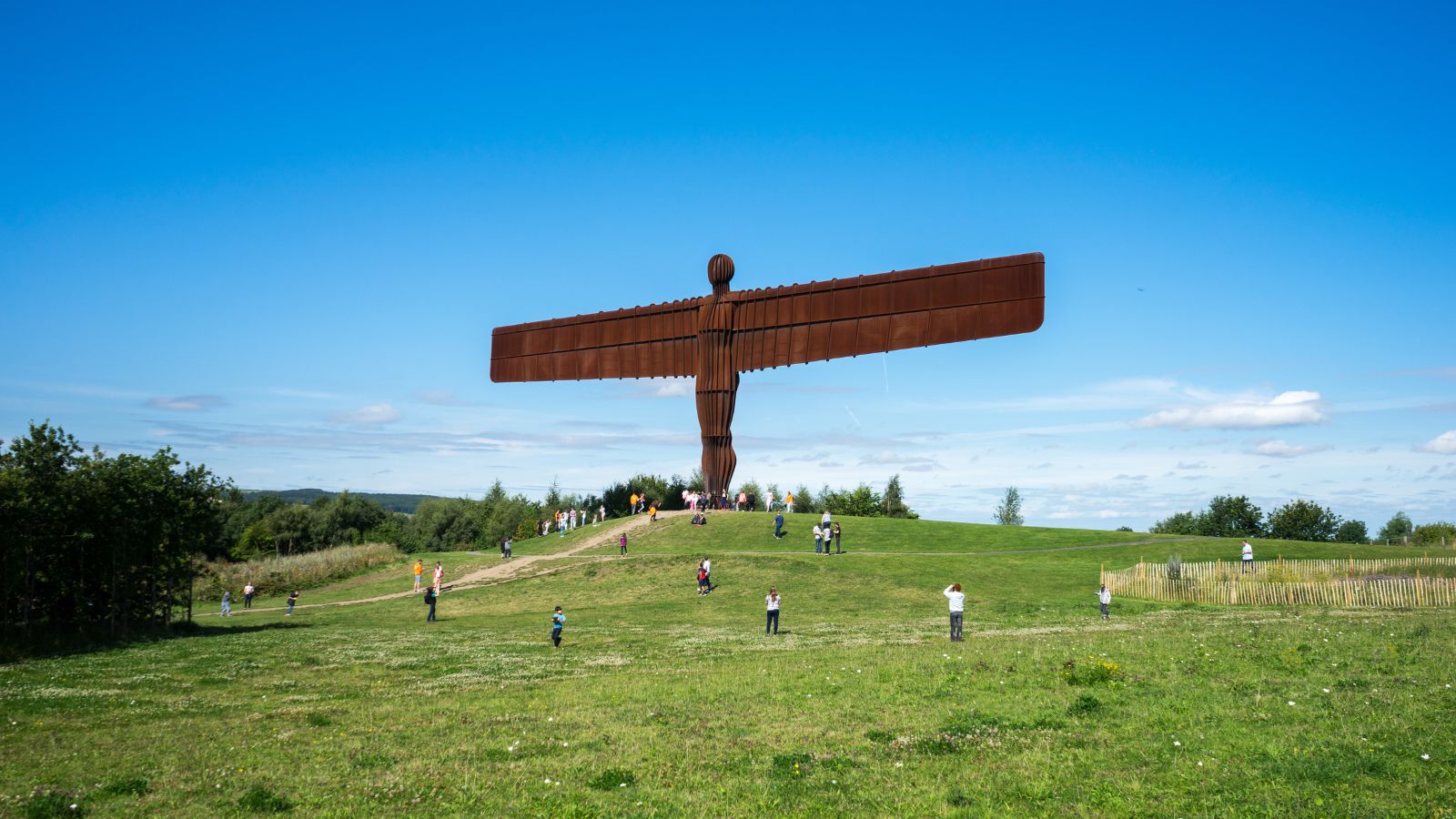
The Angel of the North is a massive steel sculpture in Gateshead, and while it’s an interesting piece of public art, its remote location can make it a questionable detour. The sculpture itself can be viewed in a relatively short time, and the surrounding area doesn’t offer much else to see or do.
Cardiff Castle
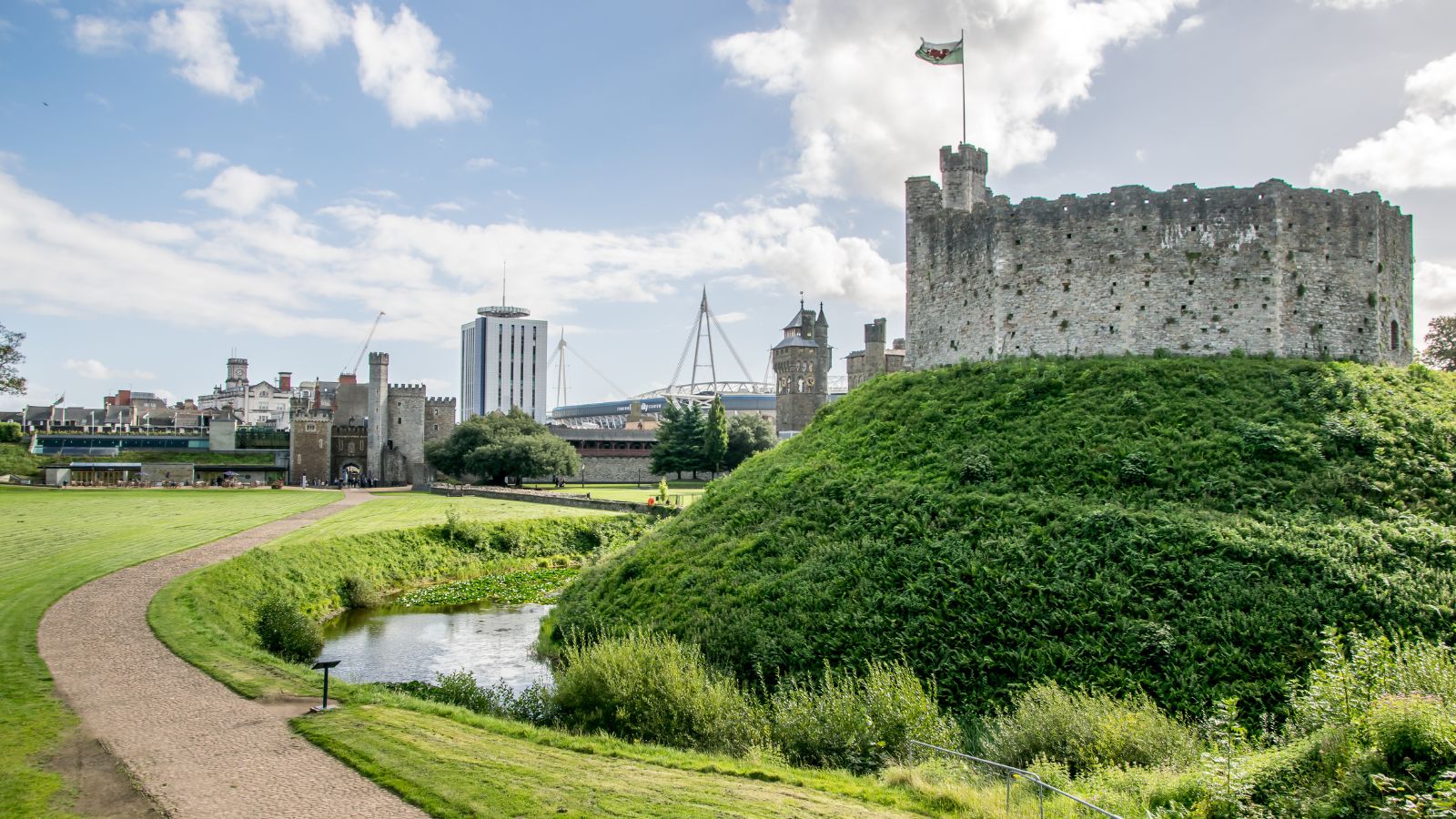
A prominent historical site in Wales, Cardiff Castle might nonetheless fail to live up to the expectations set by its grand exterior. The tours can feel rushed and impersonal, with large groups shuffling through the rooms, and some visitors find the castle’s interior less impressive compared to its facade.
Brighton Pier
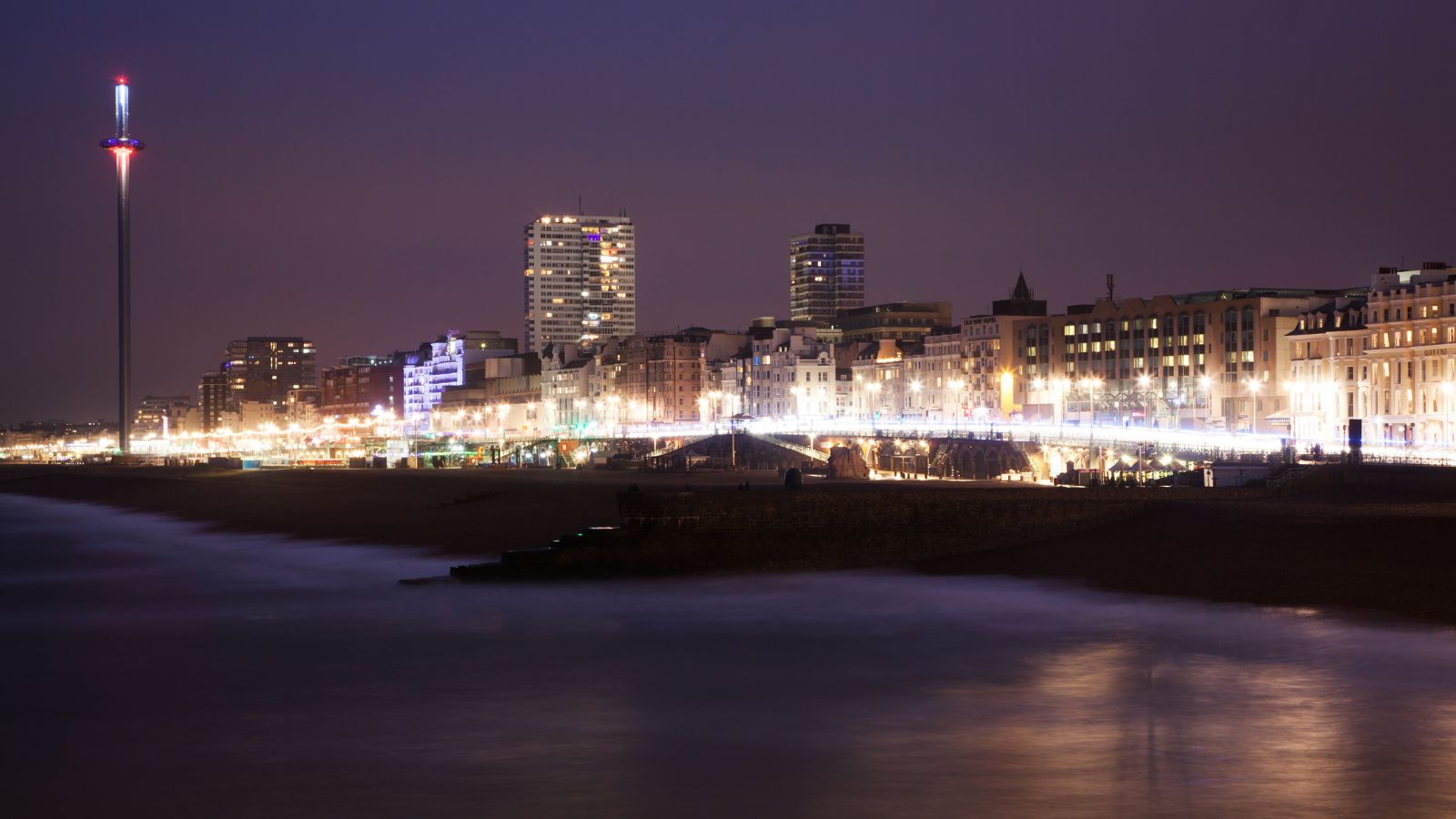
Brighton Pier is a classic British seaside attraction, yet the rides and arcades might not appeal to everyone, and the overall atmosphere can feel more dated than anything else. The pier is often crowded, and the prices for food and activities can be quite high.
The Lake District
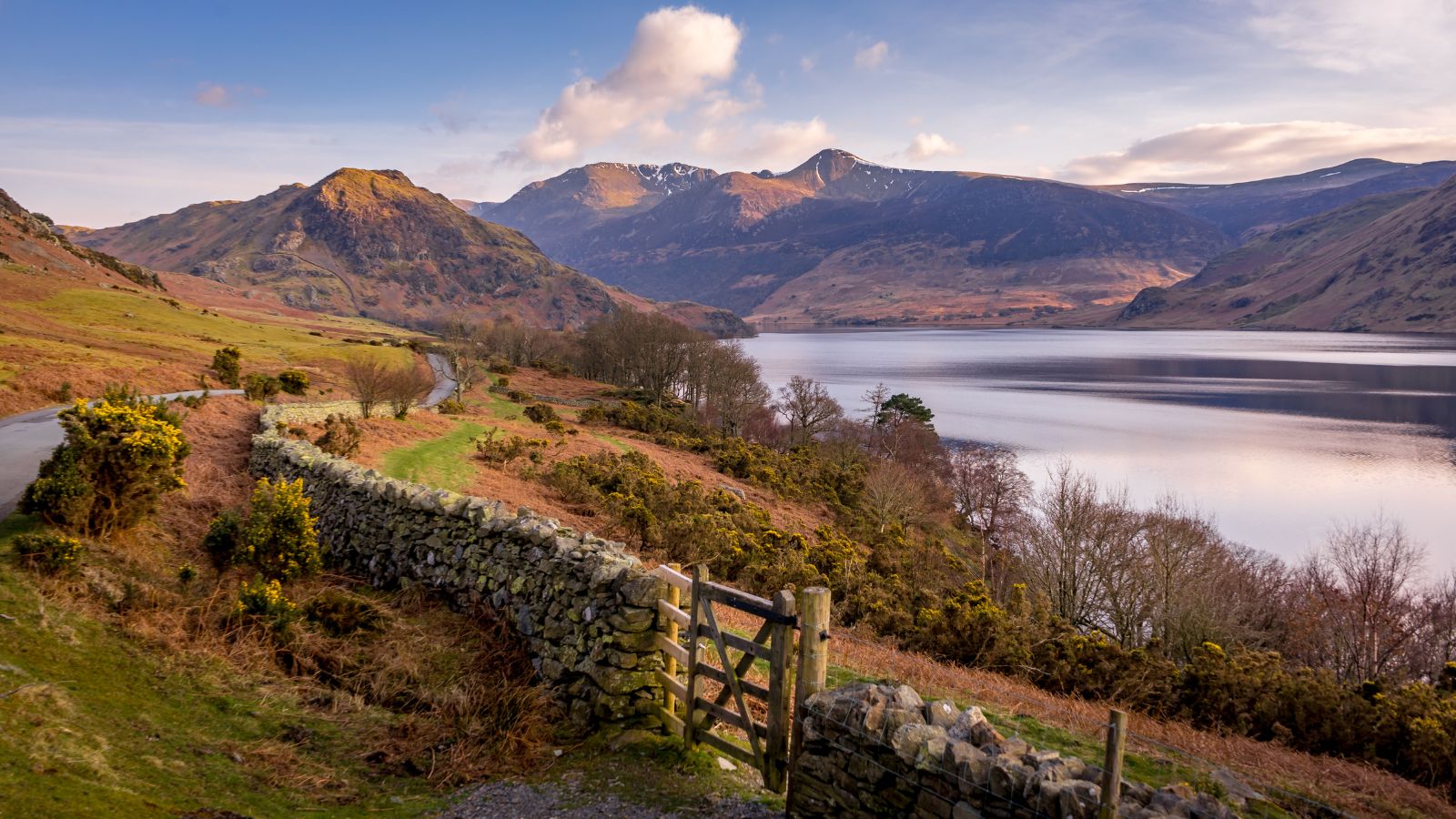
Our final attraction on the list is the Lake District, which is known for its stunning scenery and outdoor activities, but its popularity can be its downfall. During peak seasons, the area can be overrun with tourists, making it hard to find peace and solitude.

